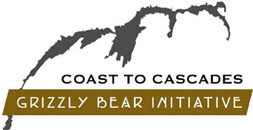Stein-Nahatlatch (17 bears)
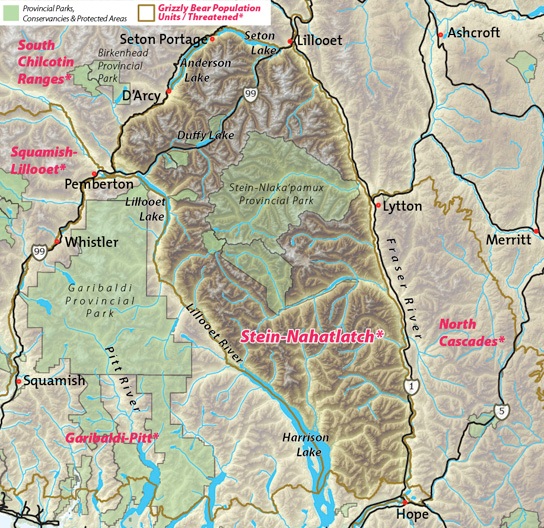
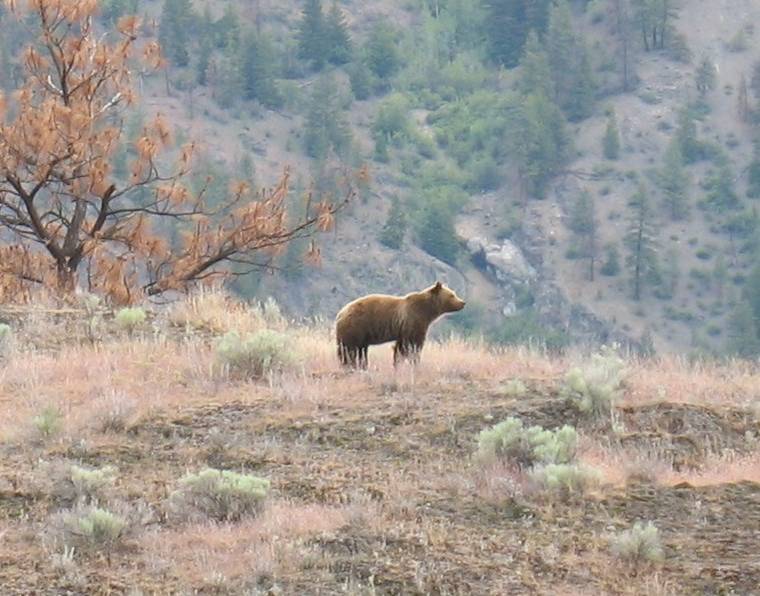
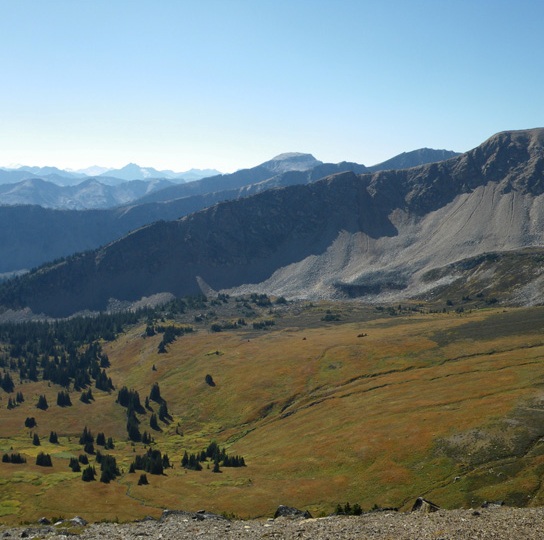
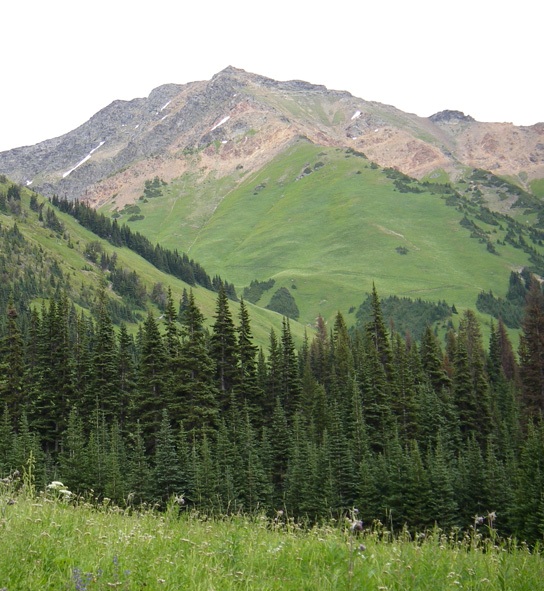
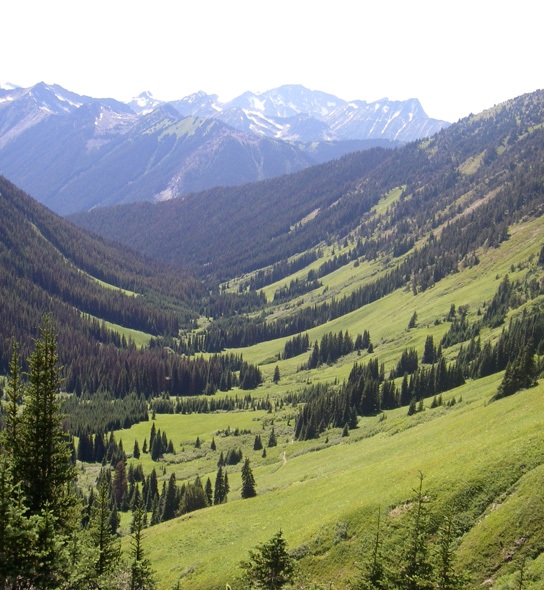
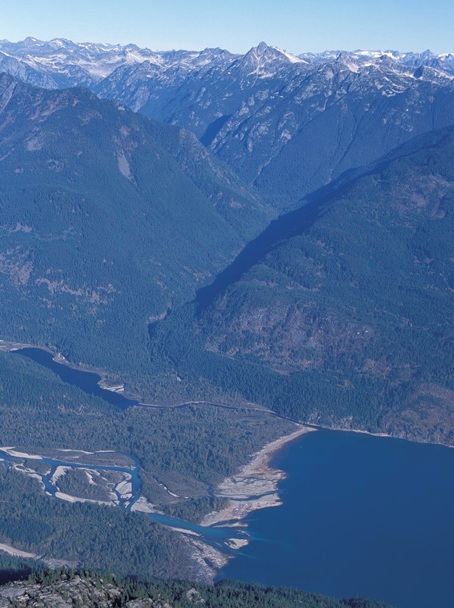
The Stein-Nahatlatch grizzly bears are bounded by the Fraser River, Lillooet and Harrison Lakes and capped by the Duffy Lake portion of Highway 99 and Anderson and Seton Lakes. They have adapted to some of the most diverse and challenging habitat in the Coast to Cascades region. It includes the lush alpine meadows of the eastern Coast Range and Duffy Lake, Stein-Nlaka’pamux Heritage, Mehatl Creek and Nahatlatch Provincial Parks, down to the dryer sage and grassland benches of the upper Fraser Canyon.
The population has decreased to approximately 17 bears with perhaps only a half-dozen breeding females, the Stein Nahatlatch grizzlies are among the most genetically isolated grizzly bears in North America.
Sandwiched between the four other local threatened grizzly populations, Stein-Nahatlatch bears are however, pivotal for regional grizzly bear recovery. Consequently, wildlife connecting habitats into the Stein-Nahatlatch grizzly population are especially critical. These include numerous linkages across the Lillooet River and Highway 99 near Duffy Lake and Seton Portage. Private lands near D’Arcy also serve as critical linkage habitat between South Chilcotin and Stein-Nahatlatch bears.
Threats to Stein-Nahatlatch bears include:
Erosion of linkage habitats to more robust grizzly bear populations leading to further genetic and demographic isolation;
Poaching and human conflict-related grizzly bear deaths;
Poorly protected critical core habitats;
Declines in critical food sources like salmon and whitebark pine seeds;
A high degree of motorized access into grizzly bear habitat.
The combined effects of human development in grizzly bear habitat pose the greatest threat to grizzlies in the Coast to Cascades region. These include an excessive open backcountry roads network and other infrastructure associated with energy development, mining, forestry and recreation, some of which combine with livestock grazing or farming.
These effects harm bears in three main and often overlapping ways:
Conflicts between humans and bears increase in frequency, often resulting in grizzly bear deaths. As well, grizzly bear poaching is made easier by more and improved backcountry roads.
Bear populations become isolated from each other because roads, utility corridors and other infrastructure accumulate in major valley bottoms making it difficult for bears to move through such areas unharmed.
Habitat is lost or degraded by development and human activities which prevent bears, particularly females with cubs, from using those critical habitats. Such impacts are particularly troublesome for females whose home ranges are affected by development.
In the bigger picture, all of the threatened Coast to Cascades grizzly populations and their healthier neighbors to the north and west must be stitched together so that they intermingle and can move with the seasons to find the foods they need to survive and raise their young. Their ability to move securely will be increasingly important as climate change affects grizzly habitat and food sources.
External Links
Sea to Sky Land Resource Management Plan
Population Numbers by BC Government
